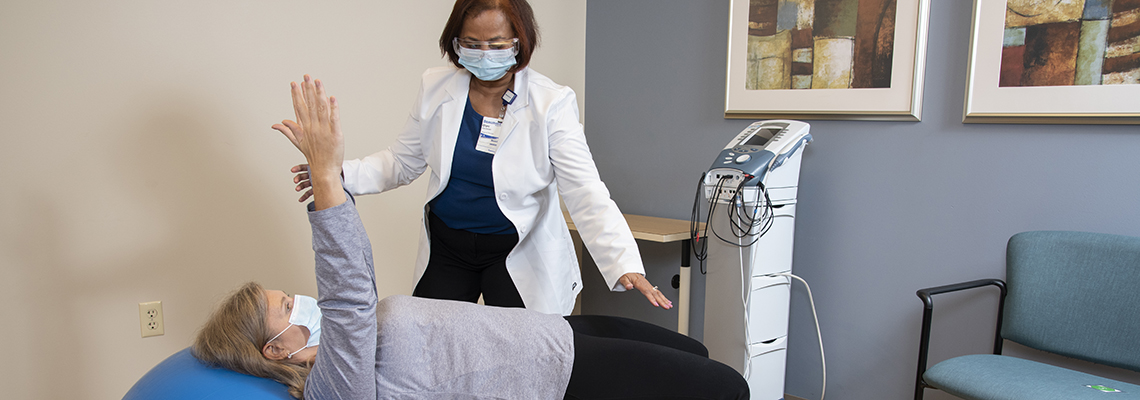
One of the primary objectives of cardio-pulmonary physical therapy is to enhance cardiovascular endurance. Following surgery, individuals may face decreased stamina, making everyday tasks feel more tiring. Through a carefully planned fitness program, therapists guide patients in incrementally boosting their physical activity levels. This may include exercises such as ambulating, bicycling, or targeted breathing exercises. These activities not only aid build power but also increase lung capacity, which is vital for ensuring that the body gains enough air.
Additionally, cardiopulmonary physical therapy highlights the significance of respiratory methods. Many surgical individuals may find it difficult with full breathing due to pain or limited mobility. Therapists teach individuals how to execute deep breathing exercises, which can facilitate increase the lungs and eliminate any mucus that may have accumulated during the recovery process. Appropriate respiratory methods are essential to prevent complications such as pneumonia, which can occur if the lungs are not operating optimally. By focusing on these methods, individuals can improve their recovery and overall pulmonary health.
Another key component of this type of treatment is instruction. Therapists provide important information about the recovery process, including what patients can expect during recovery. They explain physical therapy for chronic obstructive pulmonary disease how to identify danger signs that may indicate complications, helping individuals feel more in charge of their health. Comprehending the importance of exercise in healing allows individuals to take an engaged part in their healing process. This enablement is essential for building confidence and promoting a positive perspective during healing.
In conclusion, cardio-pulmonary physiotherapeutic treatment is an integral aspect of post-operative rehabilitation for patients undergoing cardiac and pulmonary operations. By concentrating on enhancing cardiovascular endurance, instructing respiratory techniques, and offering knowledge, therapists empower individuals to take control of their recovery. This specialized therapy not only aids in bodily healing but also enhances mental well-being, making the journey of healing smoother and more manageable. With the appropriate assistance and guidance, individuals can effectively restore their strength and go back to their regular lives.